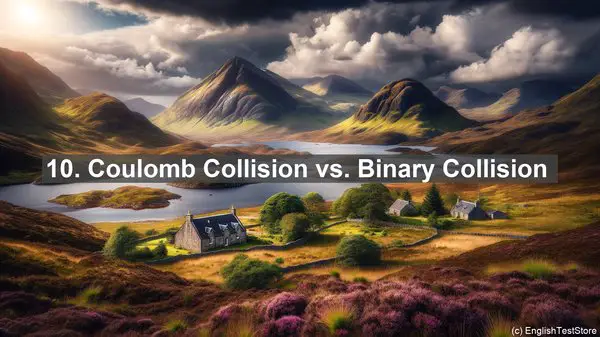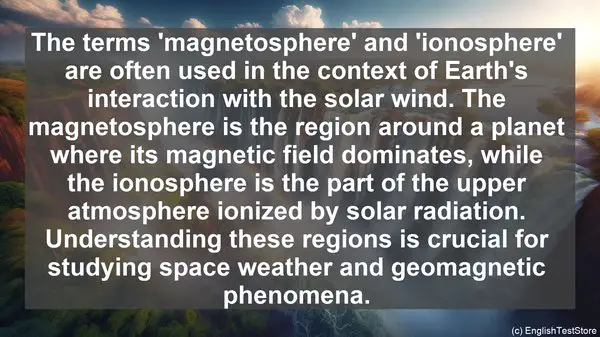Introduction
Welcome to today’s lesson on plasma physics. In this lesson, we’ll be discussing the top 10 commonly confused words in this fascinating field. Understanding these terms is crucial for grasping the intricacies of plasma physics. So, let’s dive right in!
1. Ion vs. Electron
The first pair of words that often cause confusion are ‘ion’ and ‘electron.’ While both are charged particles, ions have a net positive or negative charge due to the gain or loss of electrons, whereas electrons are negatively charged particles. It’s important to differentiate between the two, as they play distinct roles in plasma behavior.
2. Plasma vs. Gas
Plasma and gas are often used interchangeably, but they are not the same. While gases consist of neutral atoms or molecules, plasma is a state of matter where a significant number of electrons and ions are free. This ionized state gives plasma unique properties, such as conductivity and response to electromagnetic fields.
3. Fusion vs. Fission
When it comes to nuclear reactions, ‘fusion’ and ‘fission’ are frequently mixed up. Fusion is the process of combining two light atomic nuclei to form a heavier nucleus, releasing a tremendous amount of energy. On the other hand, fission involves the splitting of a heavy nucleus into smaller fragments, also accompanied by energy release. Both processes have immense potential for energy production.
4. Debye Length vs. Mean Free Path
In plasma physics, ‘Debye length’ and ‘mean free path’ are terms that often cause confusion. The Debye length characterizes the screening of electric fields in a plasma, while the mean free path represents the average distance a particle travels before colliding with another particle. Understanding these concepts is crucial for studying plasma transport phenomena.
5. Alfven Wave vs. Langmuir Wave
Alfven waves and Langmuir waves are two types of plasma waves that are frequently misunderstood. Alfven waves are transverse waves that propagate through a plasma, while Langmuir waves are longitudinal waves resulting from the oscillation of electrons. These waves have different properties and are associated with various plasma phenomena.

6. Magnetosphere vs. Ionosphere
The terms ‘magnetosphere’ and ‘ionosphere’ are often used in the context of Earth’s interaction with the solar wind. The magnetosphere is the region around a planet where its magnetic field dominates, while the ionosphere is the part of the upper atmosphere ionized by solar radiation. Understanding these regions is crucial for studying space weather and geomagnetic phenomena.
7. Plasma Confinement vs. Plasma Conduction
In plasma devices, such as tokamaks, ‘plasma confinement’ and ‘plasma conduction’ are important concepts. Plasma confinement refers to the ability to confine the plasma within a magnetic field, while plasma conduction relates to the transport of heat and particles within the plasma. Both aspects are critical for achieving and maintaining stable plasma conditions.
8. Sheath vs. Boundary Layer
When a plasma interacts with a solid surface, two regions of interest are the ‘sheath’ and the ‘boundary layer.’ The sheath is a thin layer near the surface where the electric potential varies, while the boundary layer is a broader region where the plasma properties transition from bulk to surface-influenced. These regions play a significant role in plasma-surface interactions.
9. Plasma Oscillation vs. Plasma Instability
Plasma oscillations and plasma instabilities are phenomena that occur in different plasma conditions. Plasma oscillations are periodic collective motions of charged particles, while instabilities refer to deviations from equilibrium that can lead to rapid changes in plasma properties. Understanding these dynamics is crucial for controlling and harnessing plasma behavior.
10. Coulomb Collision vs. Binary Collision
When particles collide in a plasma, two types of collisions are often discussed: Coulomb collisions and binary collisions. Coulomb collisions involve the long-range interaction between charged particles, while binary collisions refer to close-range interactions between two particles. Both types of collisions contribute to plasma transport and energy exchange processes.

